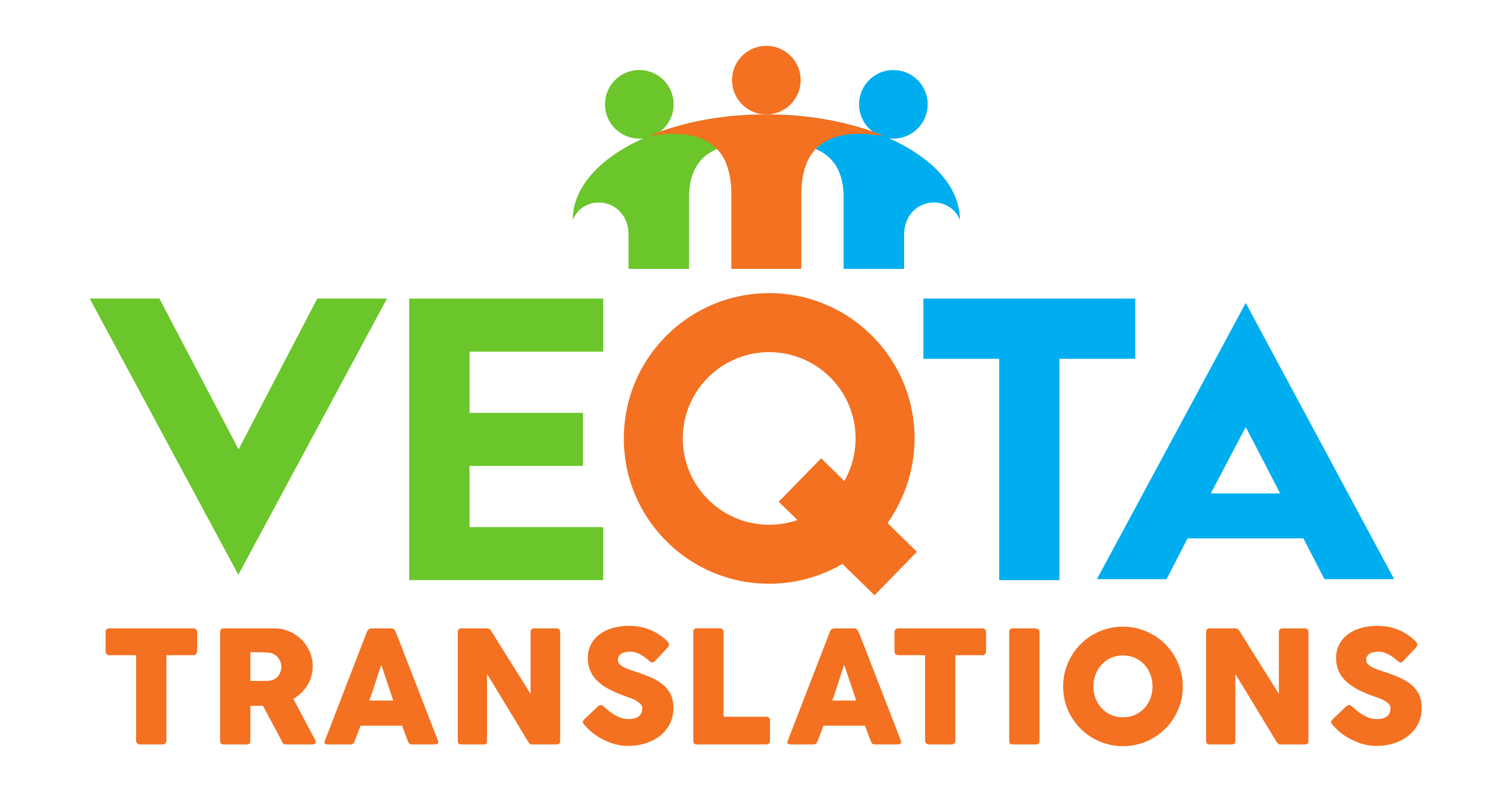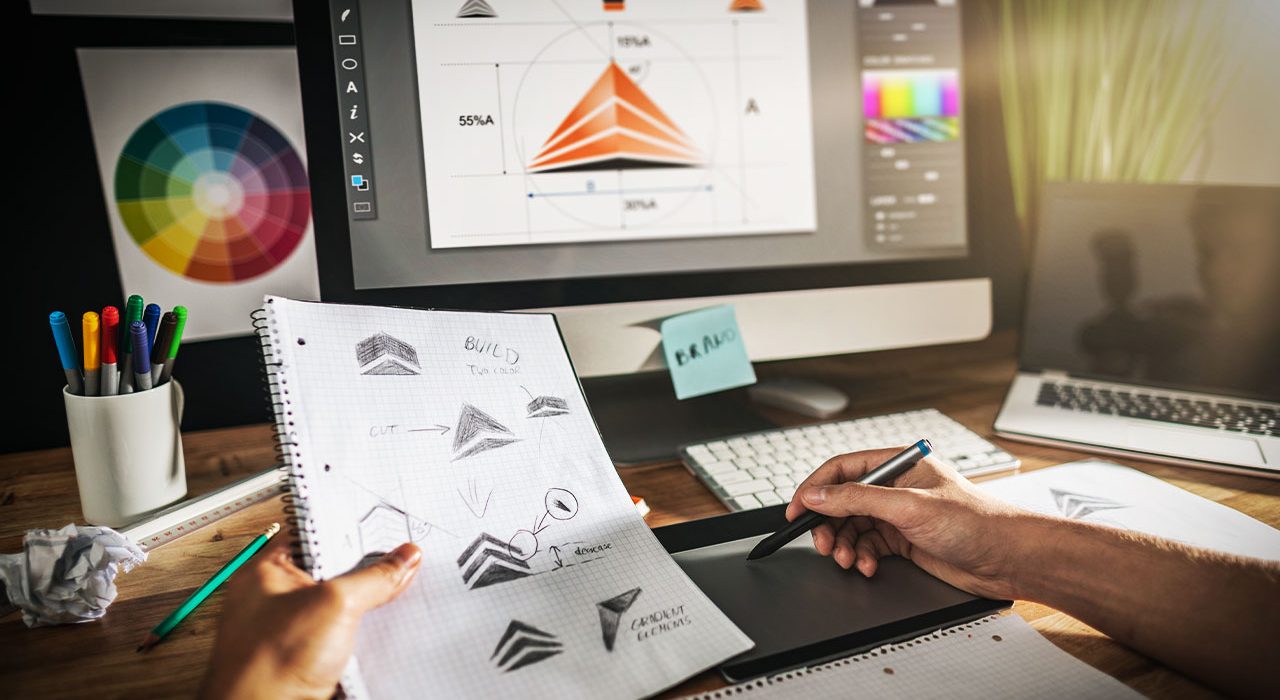Design That Drives Growth: Turning Visual Identity into Measurable Brand Impact
Introduction
Graphic design is far more than just an aesthetic endeavor—it’s a powerful communication tool that can drive brand growth when strategically implemented. As businesses evolve, the visual representation of their brand becomes a central component of how they are perceived, remembered, and trusted by consumers. Graphic design services play a pivotal role in this transformation, helping brands move from recognition to loyalty.
The Role of Graphic Design in Building Brand Identity
A brand’s identity is how it presents itself to the world, and graphic design is its visual voice. From the logo to the typography and color palette, graphic designers shape a brand’s personality.
Visual Consistency Across Platforms
Every successful brand ensures that its design language remains consistent across all touchpoints—be it social media, print materials, websites, or packaging. This consistency reinforces brand recognition and strengthens consumer trust.
Crafting Memorable Logos and Visuals
A well-designed logo captures the essence of a brand in a single visual. Think Nike’s swoosh or Apple’s bitten fruit. These designs go beyond decoration—they symbolize the company’s values and promise.
Creating Emotional Connections Through Design
Humans are wired to respond emotionally to visuals. A brand that evokes emotion through design creates a lasting impression.
Color Psychology and Typography Impact
Colors influence perceptions. Blue conveys trust, red implies urgency, and green suggests growth. Typography also carries tone—serif fonts may feel traditional, while sans-serif often appears modern and clean.
Storytelling with Visual Elements
Through graphics, brands can tell stories. A series of illustrations or infographics can communicate a company’s journey, mission, or values more effectively than paragraphs of text.
Boosting Brand Recognition and Recall
Design isn’t just about the first impression—it’s about being remembered. Effective graphic design enhances brand recall, keeping the brand top-of-mind.
Strategic Use of Symbols and Imagery
Icons, mascots, and signature imagery used consistently become identifiers for the brand. Think of McDonald’s golden arches or the (former) Twitter bird—visual shorthand for entire businesses.
Repetition and Familiarity Across Channels
When consumers see consistent designs in emails, ads, websites, and product packaging, it reinforces memory. Repetition leads to recognition, which eventually builds loyalty.
Graphic Design and User Experience (UX)
Good design is intuitive. Whether it’s a website or an app, graphic design greatly affects how users interact with digital experiences.
Website and App Design Principles
Modern consumers expect clean, easy-to-navigate interfaces. Visual hierarchy, spacing, and color guide users to actions like purchasing, subscribing, or contacting.
Enhancing Navigation Through Visual Hierarchy
Design directs users logically through content. Headings, call-to-action buttons, and purposeful imagery placement help users find what they need quickly.
Marketing and Advertising Success with Great Design
Marketing is about grabbing attention—and design is how you do it.
Eye-Catching Campaigns and Print Ads
A creative billboard or print ad can capture attention in seconds. The most effective pieces balance striking visuals with clear, actionable messaging.
Social Media Visuals That Convert
On platforms where attention spans are short, standout graphics or motion content can significantly improve engagement and click-through rates.
Graphic Design’s Role in Sales Enablement
Sales tools rely on visuals to communicate complex ideas quickly and persuasively.
Informational Brochures and Product Sheets
Well-designed brochures present technical information in an easily digestible format, helping sales teams make stronger impressions.
Visual Presentation in Pitches and Proposals
Design adds credibility and professionalism to presentations, increasing the likelihood of stakeholder buy-in.
Consistency Builds Trust and Authority
When a brand is visually consistent, it communicates stability and reliability.
Branding Guidelines and Their Importance
Graphic designers create brand guidelines that define how logos, fonts, colors, and imagery should be used. These ensure consistency across internal teams and external vendors.
Long-Term Perception of Brand Reliability
Visual consistency over time creates a sense of permanence and professionalism, which leads to increased consumer trust.
Graphic Design as a Competitive Advantage
In crowded markets, differentiation is key. Good design can be the edge that sets a brand apart.
Standing Out in Saturated Markets
Unique visual styles, bold color choices, or unconventional layouts can help a brand rise above competitors in a crowded space.
Aligning Visuals with Business Values
Design choices should reflect the brand’s mission and values. An eco-friendly brand, for example, may use earthy palettes and natural imagery to reinforce its message.
Return on Investment (ROI) from Design Services
While design is often seen as a cost, it should be viewed as an investment.
Metrics and KPIs for Design Impact
Metrics like conversion rate, time on page, bounce rate, and brand mentions can all reflect the effectiveness of design.
Case Studies of Design-Driven Growth
Brands like Airbnb, Slack, and Coca-Cola have credited design as central to their growth strategies—investing in design pays dividends in acquisition and loyalty.
Conclusion
Graphic design isn’t just about looking good—it’s a strategic function that drives business growth. From building trust to increasing conversion rates, visual communication sits at the heart of modern brand success. Businesses that invest in thoughtful, consistent, and engaging design don’t just stand out—they grow, connect, and thrive.
FAQs
- How do graphic design services improve brand recognition?Professional design creates consistent, memorable visuals that help consumers identify your brand across channels.
- What is the difference between branding and graphic design?Branding is the overarching strategy for how a company wants to be perceived; graphic design is the visual execution that communicates that strategy.
- Can small businesses benefit from professional graphic design?Absolutely. Strong design elevates credibility and trust, helping small businesses win more customers and opportunities.


